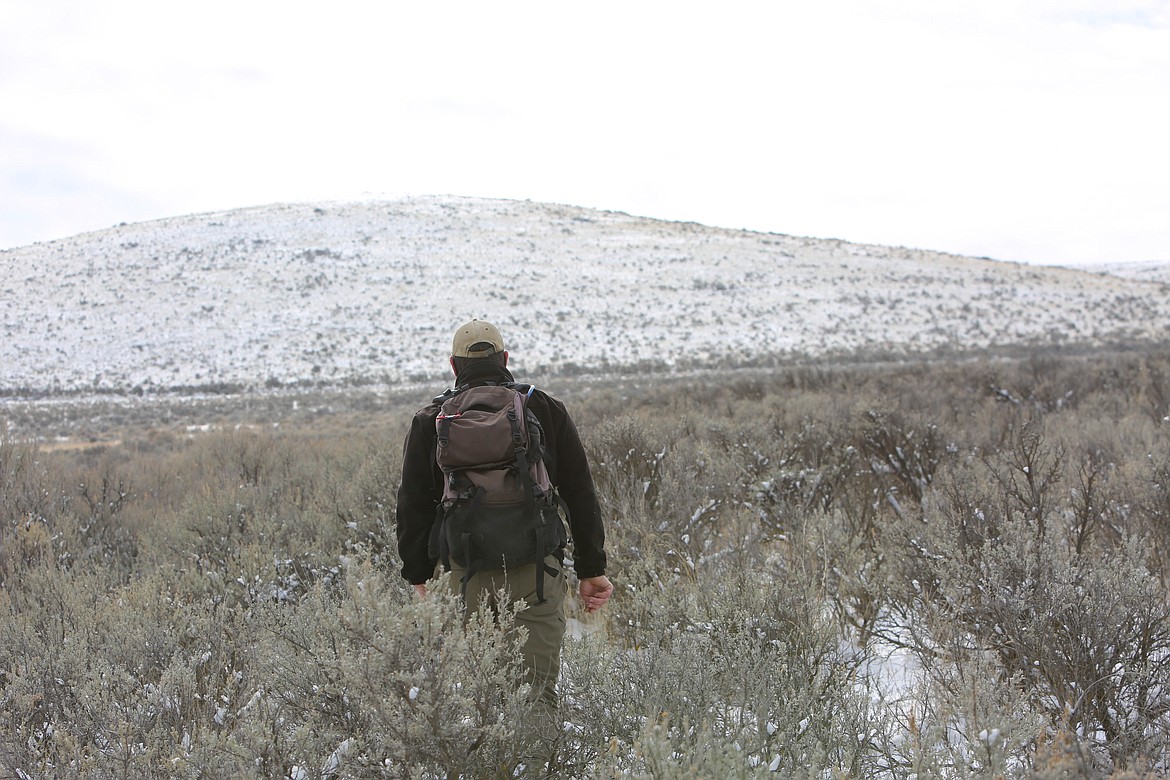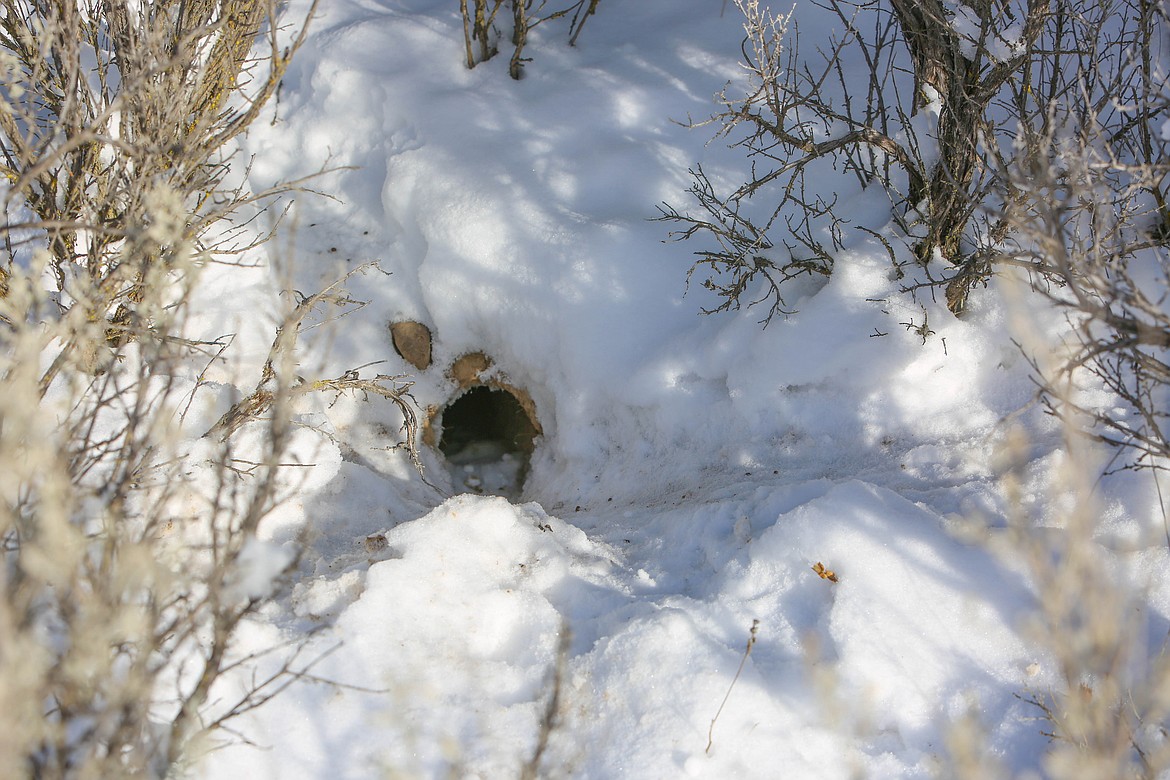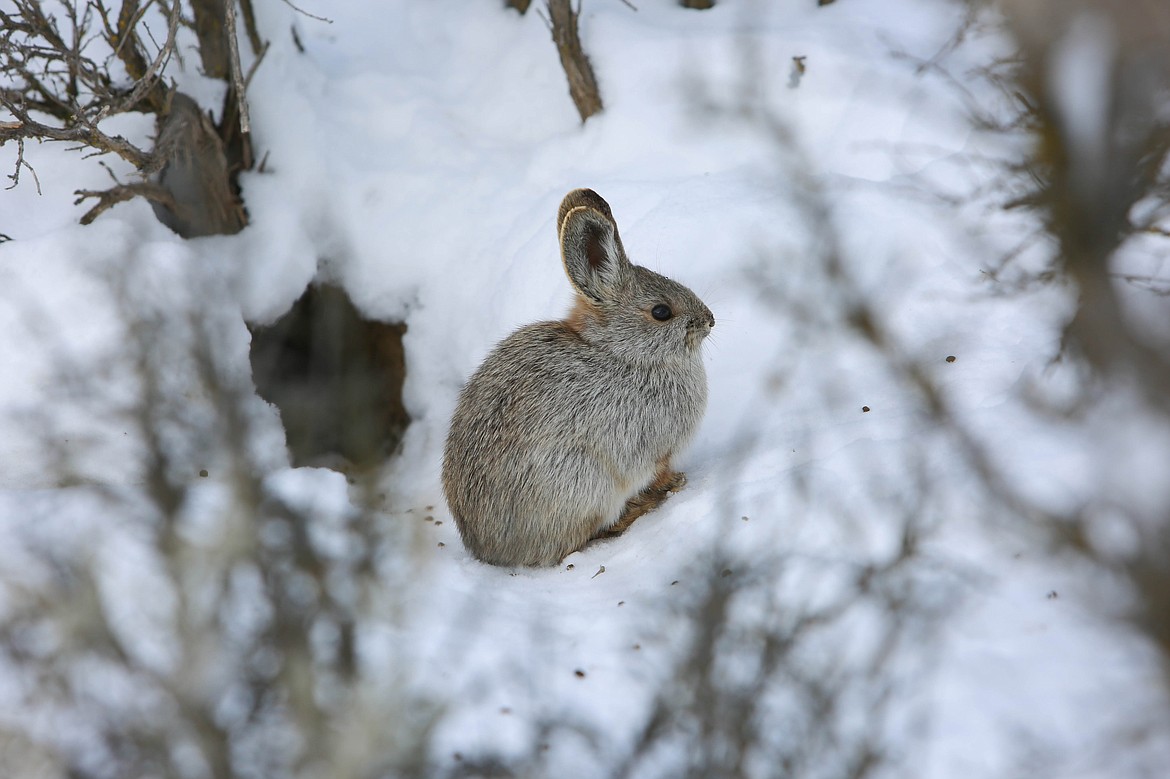A place for pygmy rabbits: Gift of land near Quincy helps in species recovery
A new gift of land to The Nature Conservancy, 282 acres near Quincy, will help secure a future for the endangered Columbia Basin pygmy rabbit.
Become a Subscriber!
You have read all of your free articles this month. Select a plan below to start your subscription today.
Already a subscriber? Login






